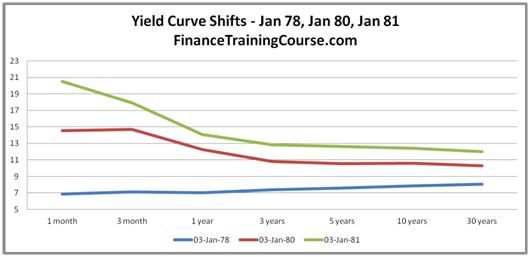It looks like you're new here. If you want to get involved, click one of these buttons!


While I'm a big fan of VWINX, I don't feel that comparing it with funds that are very different in composition is quite cricket. VWINX has had a 40 year tailwind (falling yields), while real return funds have had a headwind over the same time frame - years of moderate to low inflation.
https://www.macrotrends.net/2497/historical-inflation-rate-by-year
Should inflation pick up (OP: " I don't see how we can avoid inflation"), this could all flip. Unfortunately, what appears to be the granddaddy of inflation friendly funds, PRPFX, goes back only to 1982, after inflation started receding. So one can't look easily to historical data.
Here's a recent M* column suggesting 22 funds that could be considered diversified real asset funds designed to handle bouts of inflation:
Now's the Time to Consider These Inflation Protection Strategies
https://connect.rightprospectus.com/MutualofAmerica/TADF/62824C842/FS?site=NAV#The Investment Company offers shares in the Funds to the Insurance Companies, without sales charge, for allocation to their Separate Accounts. See your variable annuity or variable life insurance prospectus ... Shares of the Funds are also offered through retirement plans. See your Summary Plan Description or consult with your plan sponsor for information on how to purchase shares of the Funds through your retirement plan



Seems like a article worth sharing. Lots of links to other topics for both young (Pre-retirees) and Old (In-retirees).In preparation for retirement, most people spend 90% of their planning time on the financial issues and 10% on the non-financial issues. After retirement, the ratio reverses, and most retirees spend the vast majority of their time focusing on the non-financial issues of life
© 2015 Mutual Fund Observer. All rights reserved.
© 2015 Mutual Fund Observer. All rights reserved. Powered by Vanilla